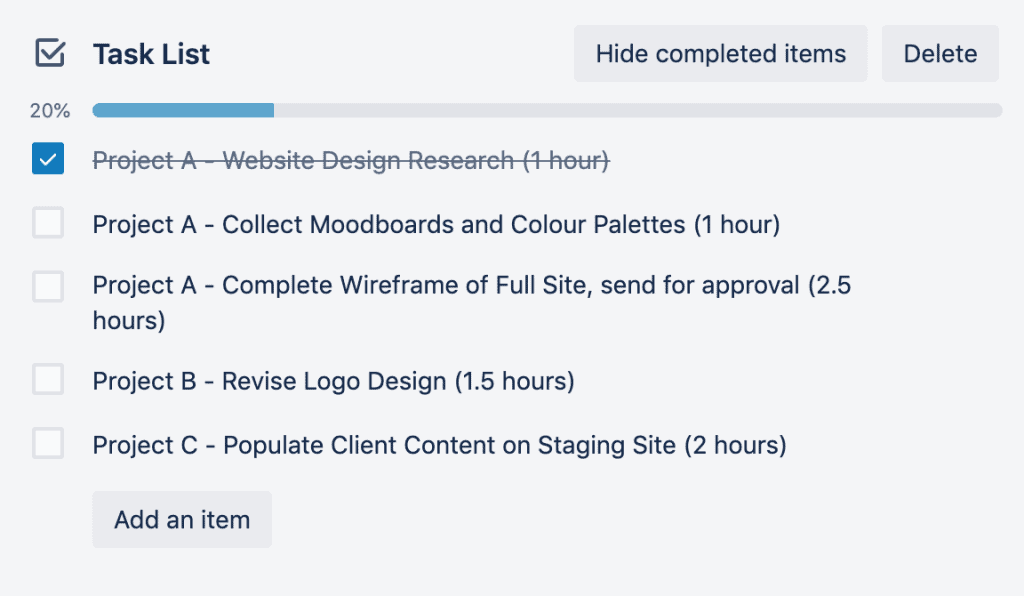The team at Oangle are no strangers to the concept of working from home as a web design agency in Singapore. Helmed by firm WFH believers Yi Qi and Amanda, the team has been on a half-office, half-home working system for years. This means that the team have been spared any significant disruptions in the recent COVID-19 events.
It Doesn’t Happen Overnight
Working from home seems like a win-win situation: saving time on commutes allows more rest time, more time with family and/or pets, more flexibility in running errands during non-peak hours. While the idea of work from home may seem easy, convenient and comfortable to some, the actual execution might not be as breezy. This is especially so in Asian cultures, where we are very used to being physically present at our workplaces, and colleagues are easily accessible within the same office.
With every new member that joins our team, a thorough acclimatisation process takes place. It’s usually the same drill – getting used to working on task-based milestones rather than time-based ones, managing working while family members have easy access to you at any time of the day, and understanding how to divide your day between work and not work when you’re at home all day, and how to communicate this with team members.
It usually takes up to 3-4 weeks for our new staff members to get used to this system and be able to independently manage their time well, including weekly check ins from team managers to see if they are running into any challenges while working at home, or if they need to find out more about how they can work effectively from home.
In this current COVID-19 climate, and with ever-changing Circuit Breaker measures in place, changes are happening so quickly that no one really has the luxury of even a few days to get used to working from home. We’re in the office one day, and have to scramble to bring all our office equipment home the next – all with no idea how long this new arrangement is going to last for.
What We’ve Learnt From Years of WFH
There are a few recurring issues or notable points that we’ve come across over the years, and we’re sharing it here so that you may be able to address these sooner than later, and get into a comfortable work routine at home quickly.
If you’ve usually been working at the office, and are able to work from home during this Circuit Breaker, these few tips might help get things moving a little more quickly.
Beware the Suddenly IT-Dependant Parent
Yes, it’s really happening. If you’ve been out in the workforce for at least a year, but still living with your parents, your mind may be confused about this unexpected phenomenon: the Suddenly IT-Dependant Parent.
For those who are fortunate to be able to work in their own study rooms/bedrooms, you’re likely to be getting knocks on your door (if your parents even knock) not just at mealtimes, but at all times of the day to assist with anything IT-related.
“Girl/Boy ah, can you…”
See how come my phone cannot connect to wifi?
Check how come my drama streaming website not working?
Check why my phone/TV has no sound?
See how come I never receive the email my friend sent?
See how come so long my Qoo10 order still hasn’t arrived yet?
Check how to complain my Qoo10 order not good quality?
It’s a mystery how they managed to solve it all on their own when you were working in an office and not at home.
The Solution
It’s not the easiest solution, but you need to be firm – work hours have to be treated like work hours, and if it requires a sit-down and awkward talk with the ‘rents, it’s better to do it earlier than later. The typical Singaporean parent would likely understand if they realise you’re getting flak from your team because of these disruptions.
We know it’s easier said than done, but trust us – if this Circuit Breaker somehow goes on past May 4th, the benefits will definitely outweigh the costs.
Forget Time Management – Switch To Task Management
What day is it? We’ve been so used to the idea that Monday is when you wake and travel to work after a weekend of not being at the office, and Friday evening you leave the office triumphantly, not to return for the next two days.
It’s hard to tell what day it is now with no external cues, or even notice that it’s 6pm and it’s maybe time to wrap up work for the day. A number of you may have noticed that some colleagues or senior staff have been sending out emails late in the evening, or even on weekends now – for a company, that would be a positive effect of not having external cues on when work starts and ends: the work keeps on going.
The Solution
For those who do not already work on Task-based milestones, now’s a good time to switch over. In essence, it means breaking down a job you have into smaller tasks, assigning which ones to do for the day and how long each takes, then checking them off one by one. This is especially useful when your job entails juggling a few projects at any one time. Using a list-based application like Trello has been useful for keeping track of tasks during the day, and the week.
At Oangle, we’ve adopted a system where we not only look at our tasks for the day, but also strategise how to spread tasks out over the week.
First, we create a list per week, with each card on the list representing one working day:

We populate each card with the tasks we aim to complete for that day, and check them off as they are completed:

For those who may be new to task management, having these lists on record allows you to look back and refine your task management. If time allows, we may go into detail on Oangle’s process in another blog post.
Be Accountable – No, It’s Not Micromanagement
The one stark difference between working at the office and working from home is that we lose the sense of ‘camaraderie’ that we may have become used to at the office. Besides sitting with colleagues who are ‘all in this together’, we are also very used to the one Asian Workforce Commandment: if you are at the office, you must surely be working hard.
Now that no one has any visual of each other working, it’s hard to really say if anyone is working just as much as they would in the office. It’s a sudden ‘holiday’ for some of us – if we have a work video call at 11am, then I only have to get up at 10.55am, right? And after the call, I can actually cook at home and have a two-hour lunch with Netflix, and no one will be any wiser.
The Solution
Depending on the working culture of your organisation, accountability might be a very valuable trait to have if you are working in a team. In this time of uncertainty, providing your team with reassurance and a sense that you are on track, or finding alternatives to keep tasks on track, can be a huge morale booster for everyone.
Accountability is subjective. If you are someone on your team who can say anything like the following, then you’re probably headed in the right direction:
“Yes, it’s a bit different at home but I believe I’m still on track with all my tasks.”
“I think I’ll need to adjust my timelines a little bit, but I will send over my updated schedule as soon as possible so everyone is in the know.”
“I’m sorry, but it’s been pretty chaotic at home and I may need help with my tasks. If anyone is able to help me now, I can try to lighten your load when things stabilise at home.”
It’s difficult to rate or concretise accountability, except with the knowledge that the opposite of accountability is radio silence. Now that the entire team works in separate locations, it is important to keep the flow of communications open and flowing online. A silent or recalcitrant team member can shake the team’s morale, and affect the team’s performance overall.
Let’s Make The Most of This Month
Oangle is a web design agency in Singapore. We are in an industry where our work, like creative design services, is mostly online and can be accessed from home, and it is a privilege to have that we are still going at 100% strength through these times. We’ve spent so many years working from home that our beds do not call out to us every hour (nor do our parents if we live at home).
As we managed to avoid scrambling to figure out how to work from home the past week, our team has instead taken time outside of work to create a free directory (https://wheregotfood.sg) that aims to list all food and beverage establishments that provide their own delivery island-wide. Do support our Singapore food & beverage industry through these times if you are able to!




